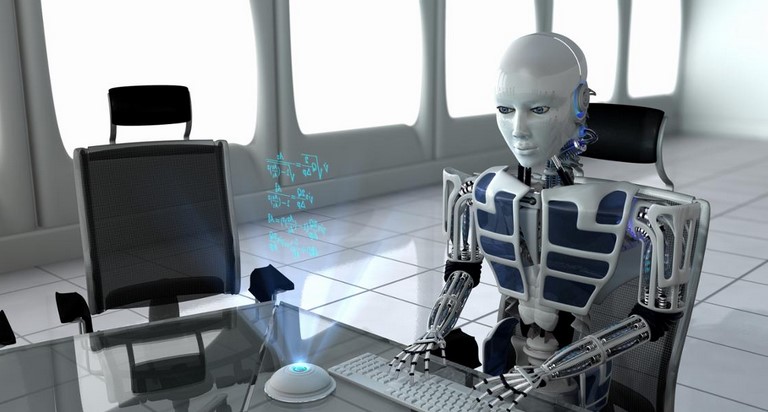Through the History of Personal Computing
The advent of personal computing marked a profound revolution that transformed the way we live, work, and interact with technology. From humble beginnings to the sprawling digital landscapes of today, the history of personal computing is a captivating tale of innovation, visionaries, and groundbreaking technologies. In this article, we take you on a captivating journey through the evolution of personal computing, tracing the milestones that have shaped our modern digital world.
The Dawn of Computing: Precursors to Personal Computers:
The story begins long before the term “personal computer” was coined. The first computers, like the ENIAC and UNIVAC, were room-sized behemoths used primarily for scientific and military purposes. Early developments, such as the microchip and integrated circuit, laid the foundation for the miniaturization and affordability that would make personal computing possible.
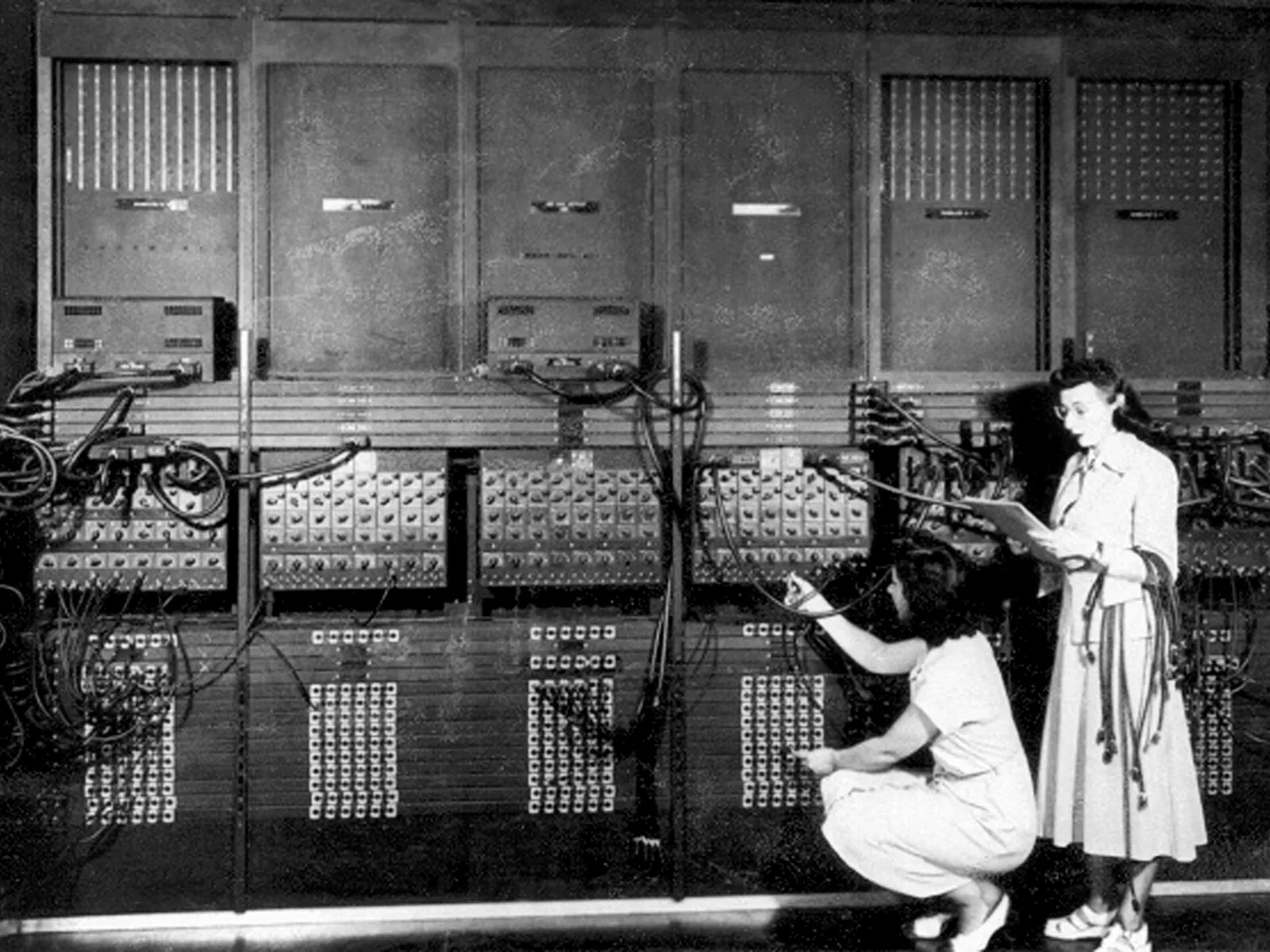
Birth of the Microcomputer: The Altair 8800 Era:
The 1970s witnessed the birth of the microcomputer, a precursor to personal computers. The Altair 8800, released in 1975, captured the imagination of tech enthusiasts and hobbyists. Its success paved the way for other pioneers like the Commodore PET and the Apple I, which marked the emergence of accessible computing for the masses.
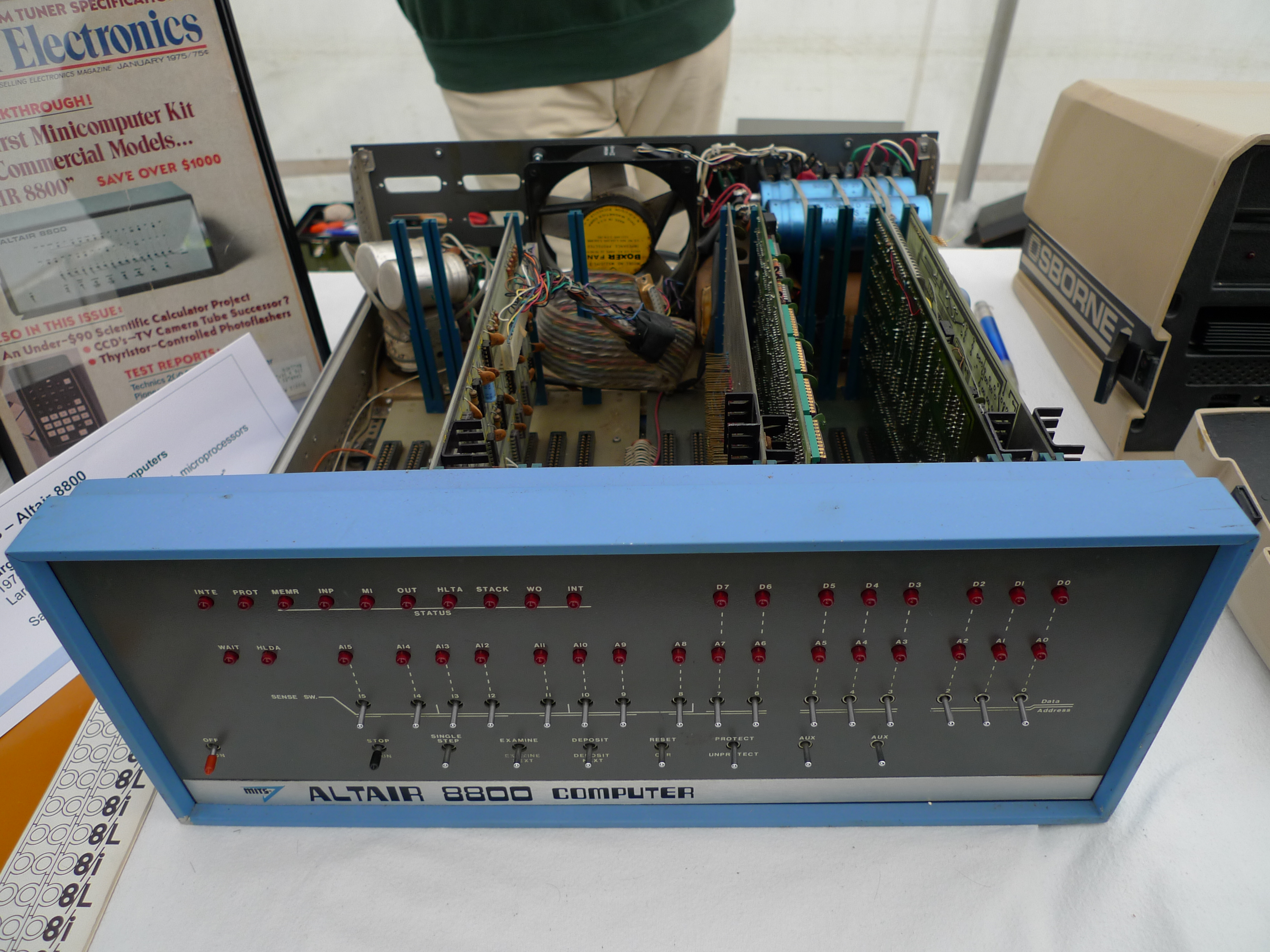
Apple and IBM: Revolutionizing the Personal Computer:
The late 1970s and early 1980s saw the rise of Apple and IBM as key players in the personal computing revolution. The Apple II, introduced in 1977, brought user-friendly interfaces and color graphics to the market. IBM’s PC, launched in 1981, standardized hardware and software components, leading to the “IBM-compatible” ecosystem that dominated for decades.
Graphical User Interfaces and the Mouse: Xerox PARC’s Influence:
Xerox PARC’s innovations in graphical user interfaces (GUIs) and the mouse had a profound impact on personal computing. The Alto, developed in the 1970s, introduced the concept of windows, icons, and menus. These ideas were later commercialized by Apple’s Lisa and Macintosh computers.
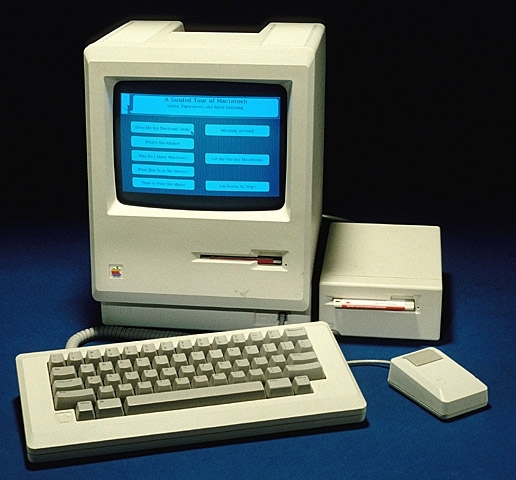
The Rise of Microsoft: Windows and MS-DOS:
Microsoft’s MS-DOS (Microsoft Disk Operating System) became the de facto operating system for IBM-compatible PCs. In 1985, Microsoft introduced Windows 1.0, a GUI that eventually evolved into the iconic Windows operating system we know today.
Internet Era and Beyond: Connecting the World:
The 1990s ushered in the Internet era, transforming personal computing into a global phenomenon. Web browsers like Netscape Navigator and Internet Explorer made the World Wide Web accessible to millions. The rise of e-commerce, social media, and search engines forever changed the way we communicate, shop, and gather information.
Mobile Computing: Miniaturization and Mobility:
The early 2000s marked the rise of mobile computing with the advent of smartphones and tablets. Apple’s iPhone, introduced in 2007, combined computing power with telephony and laid the foundation for the app-driven mobile ecosystem.
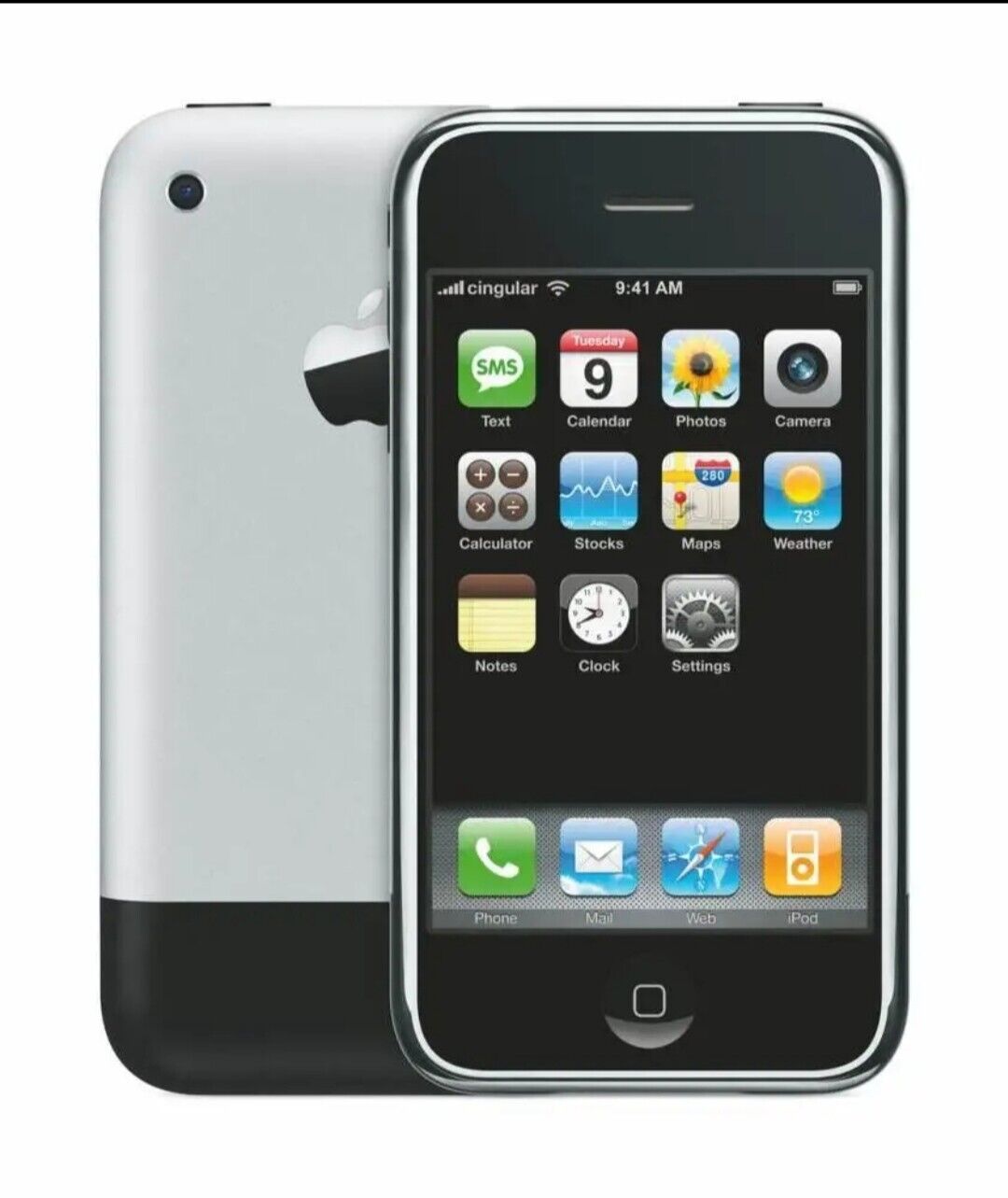
Cloud Computing and Beyond: The Digital Age:
The proliferation of cloud computing in the late 2000s redefined personal computing once again. Users could access applications, storage, and processing power remotely, transforming devices into gateways to vast digital resources.
AI, IoT, and the Future: Paving New Frontiers:
Today, personal computing is at the nexus of artificial intelligence (AI) and the Internet of Things (IoT). Voice assistants, smart homes, and autonomous vehicles are reshaping the boundaries of what personal computing can achieve.
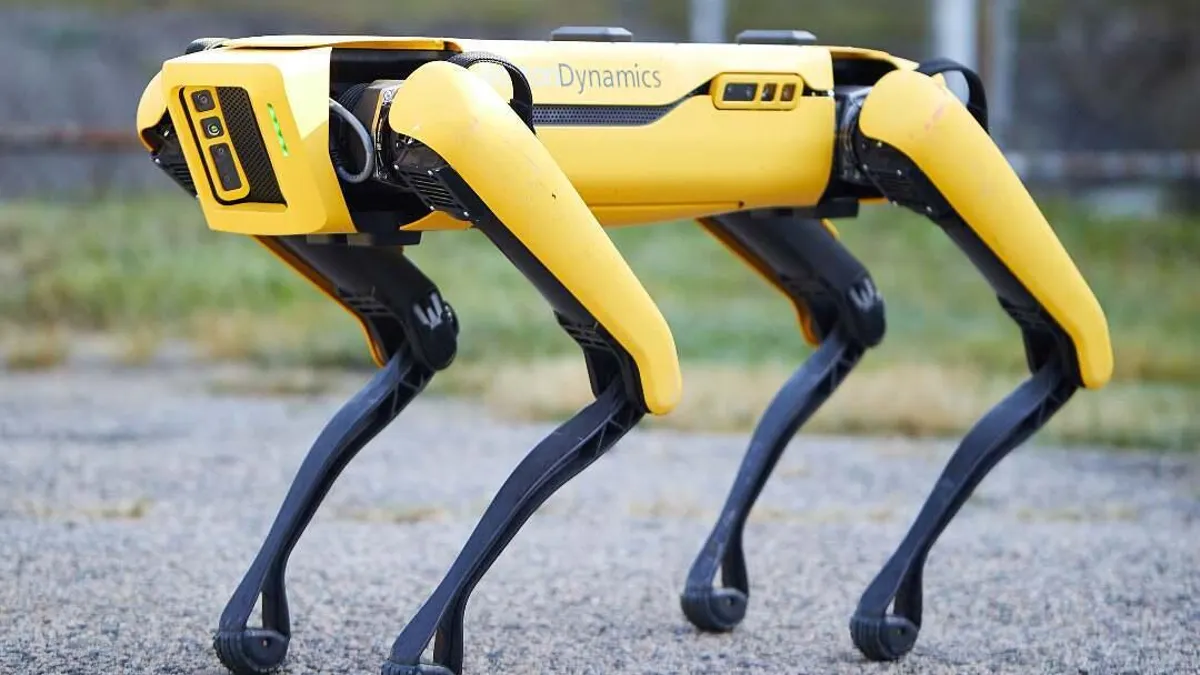
Final Thoughts
The history of personal computing is a captivating saga of innovation, from room-sized mainframes to the palm-sized devices that connect us to the world. The journey through time showcases the resilience of human ingenuity, the power of collaboration, and the insatiable quest for progress. As we stand on the cusp of an era driven by AI, IoT, and technologies we can scarcely imagine, one thing is certain: the history of personal computing is not just a chronicle of the past, but a roadmap for the digital wonders yet to come.

